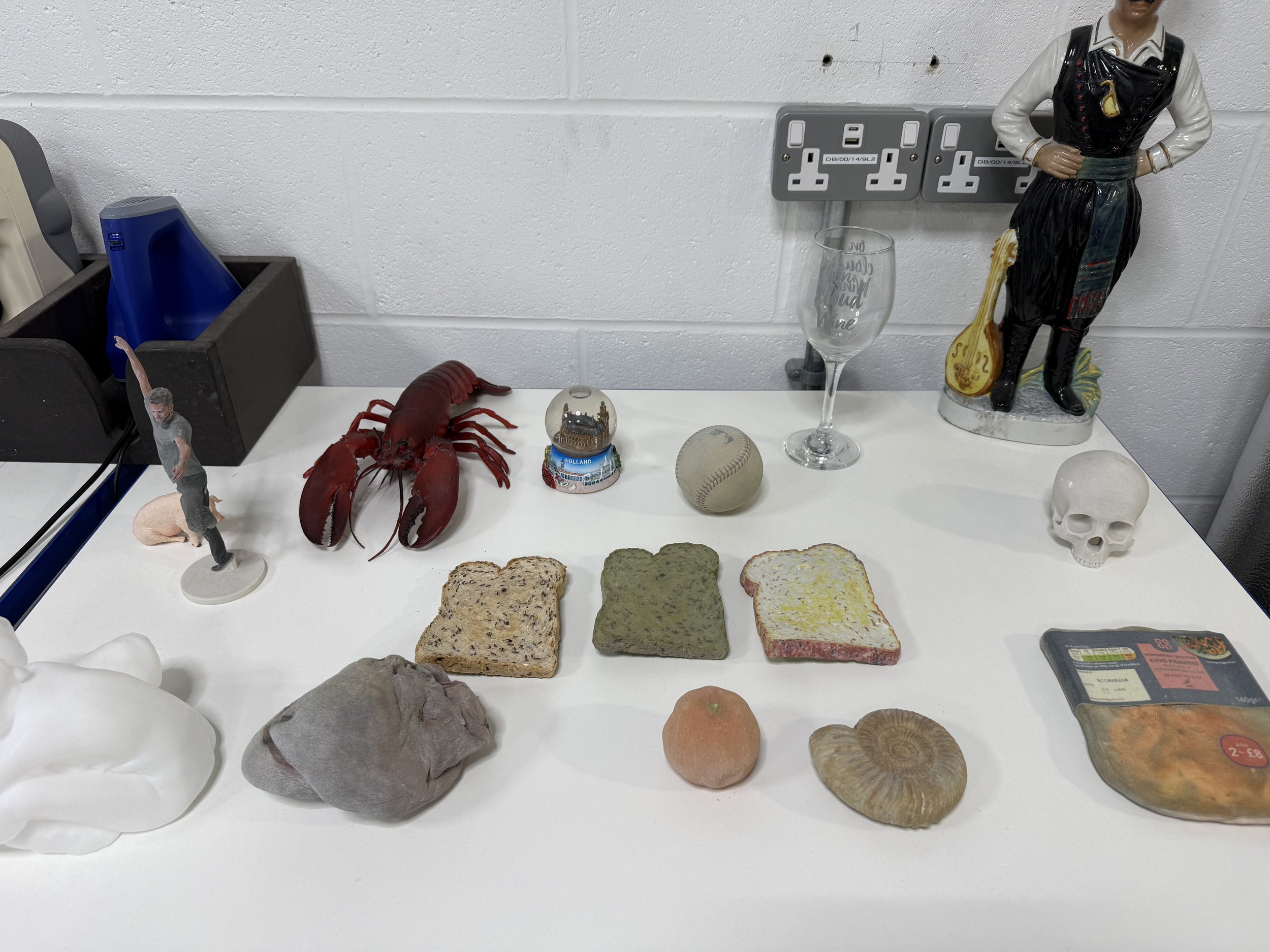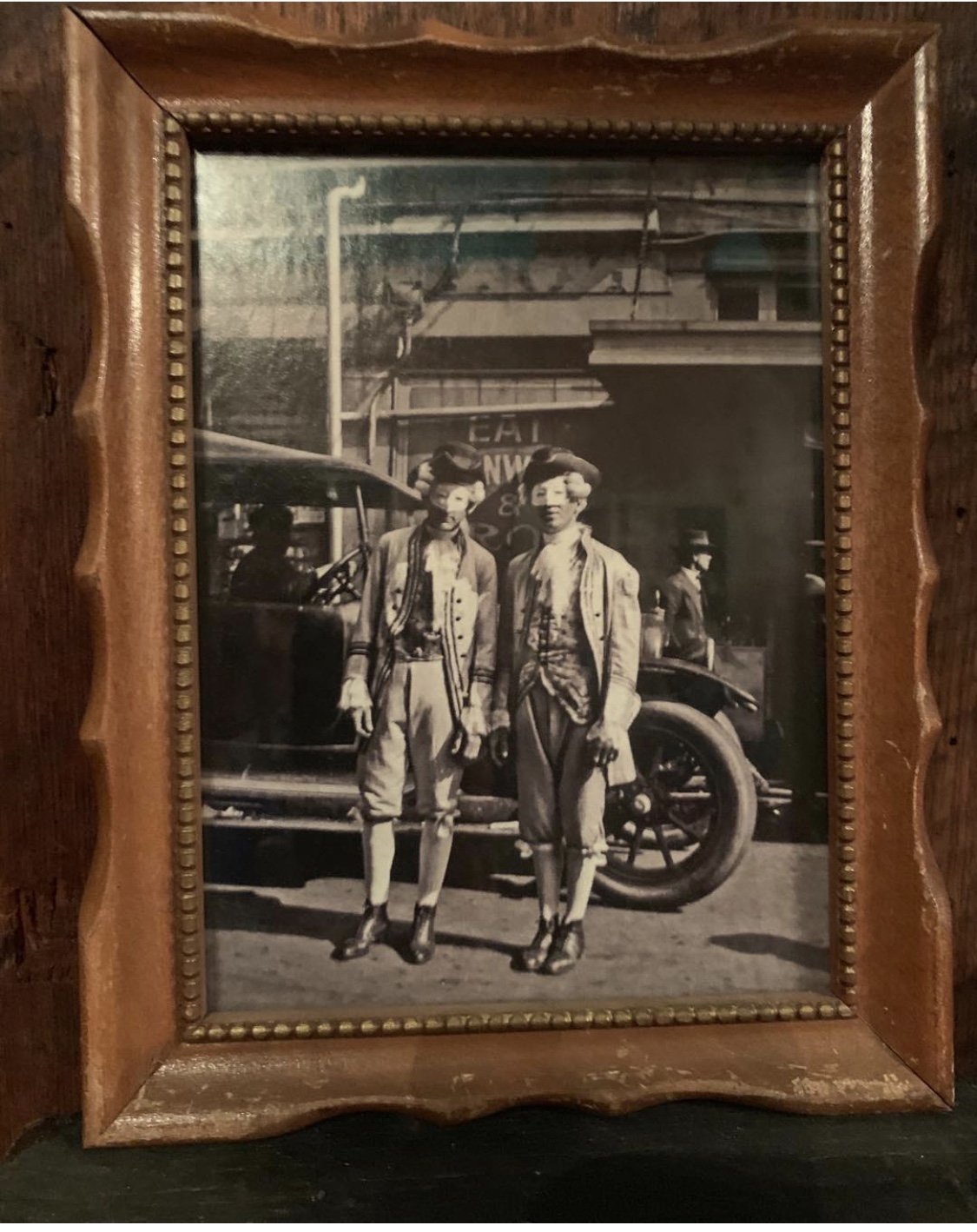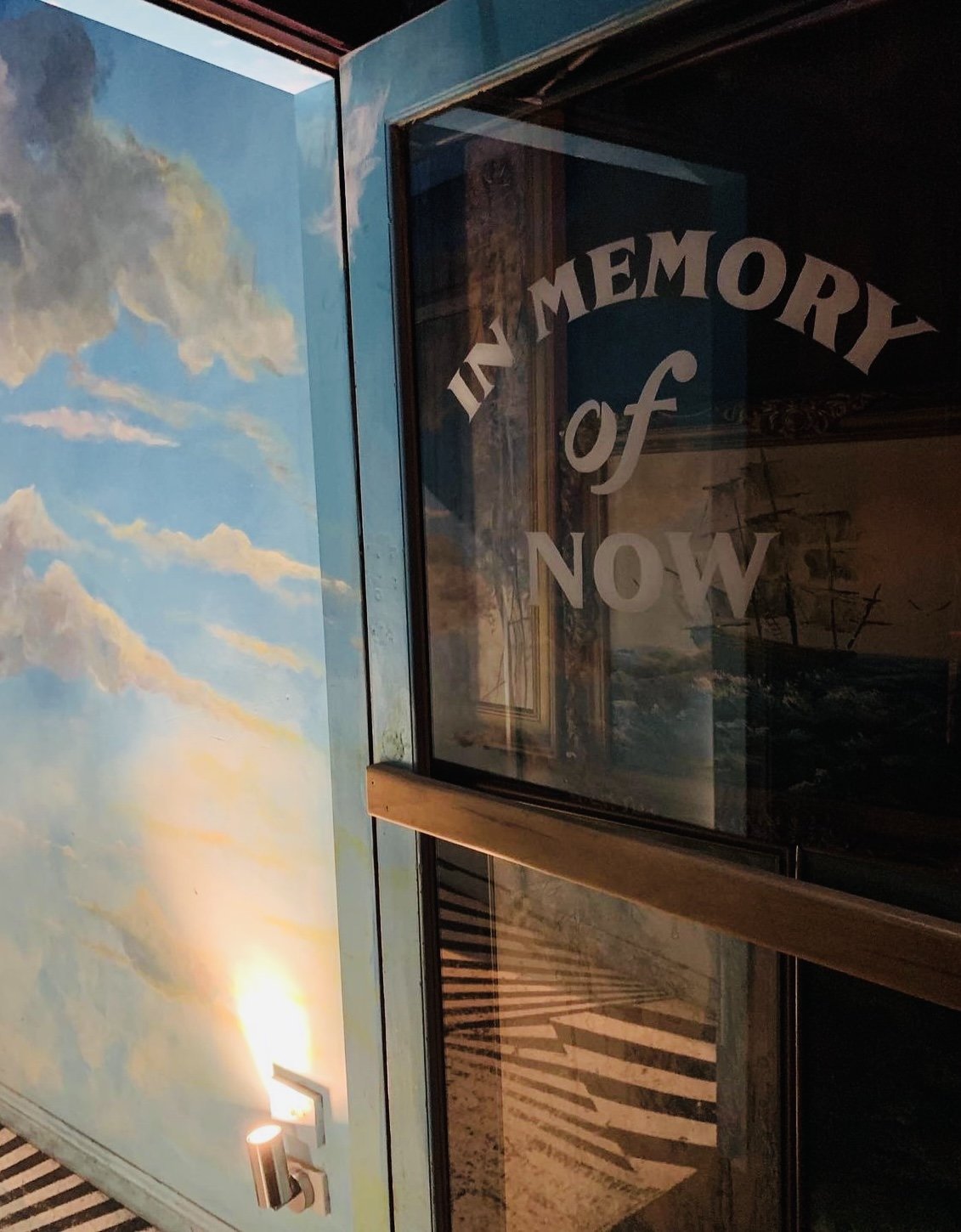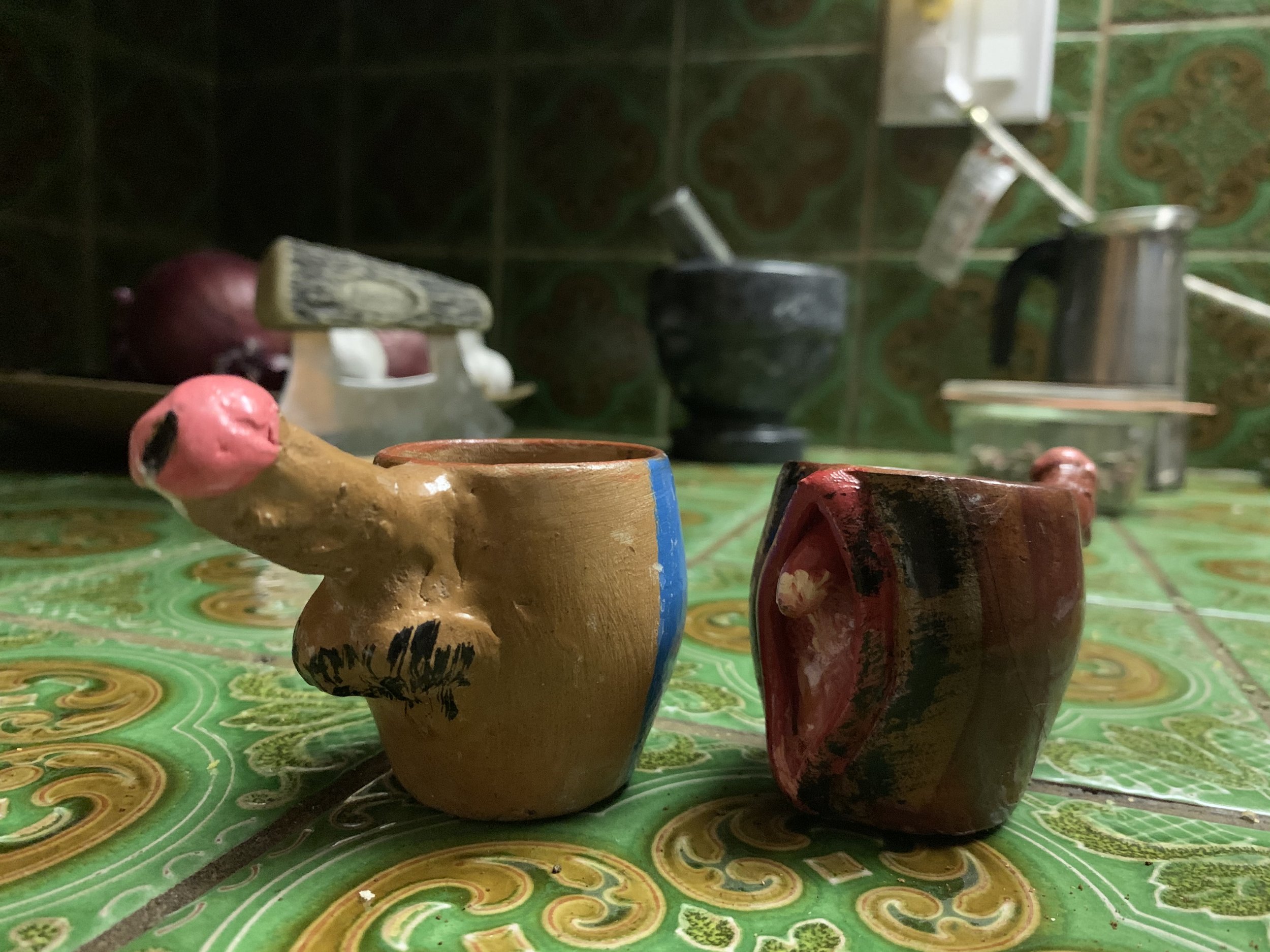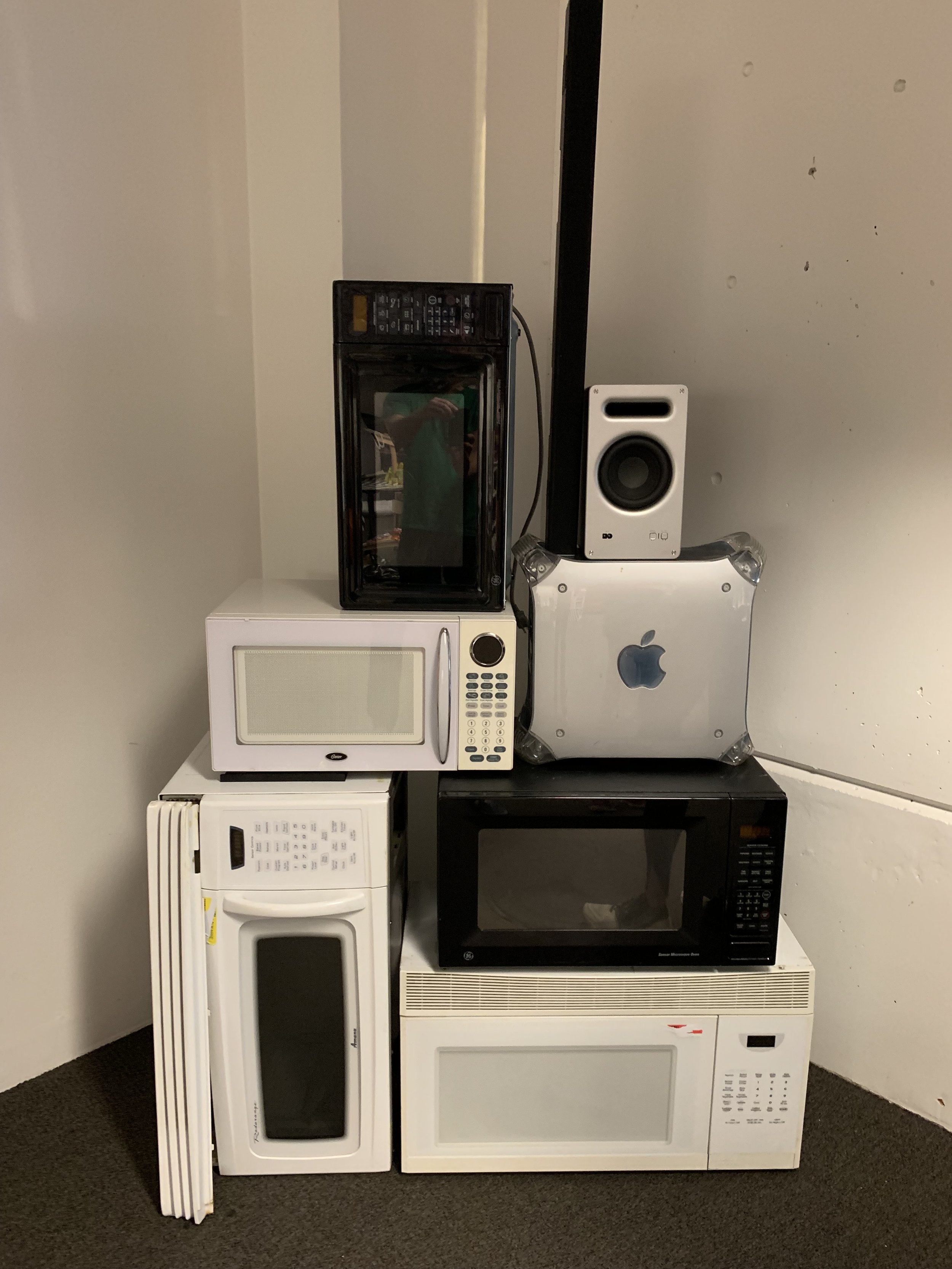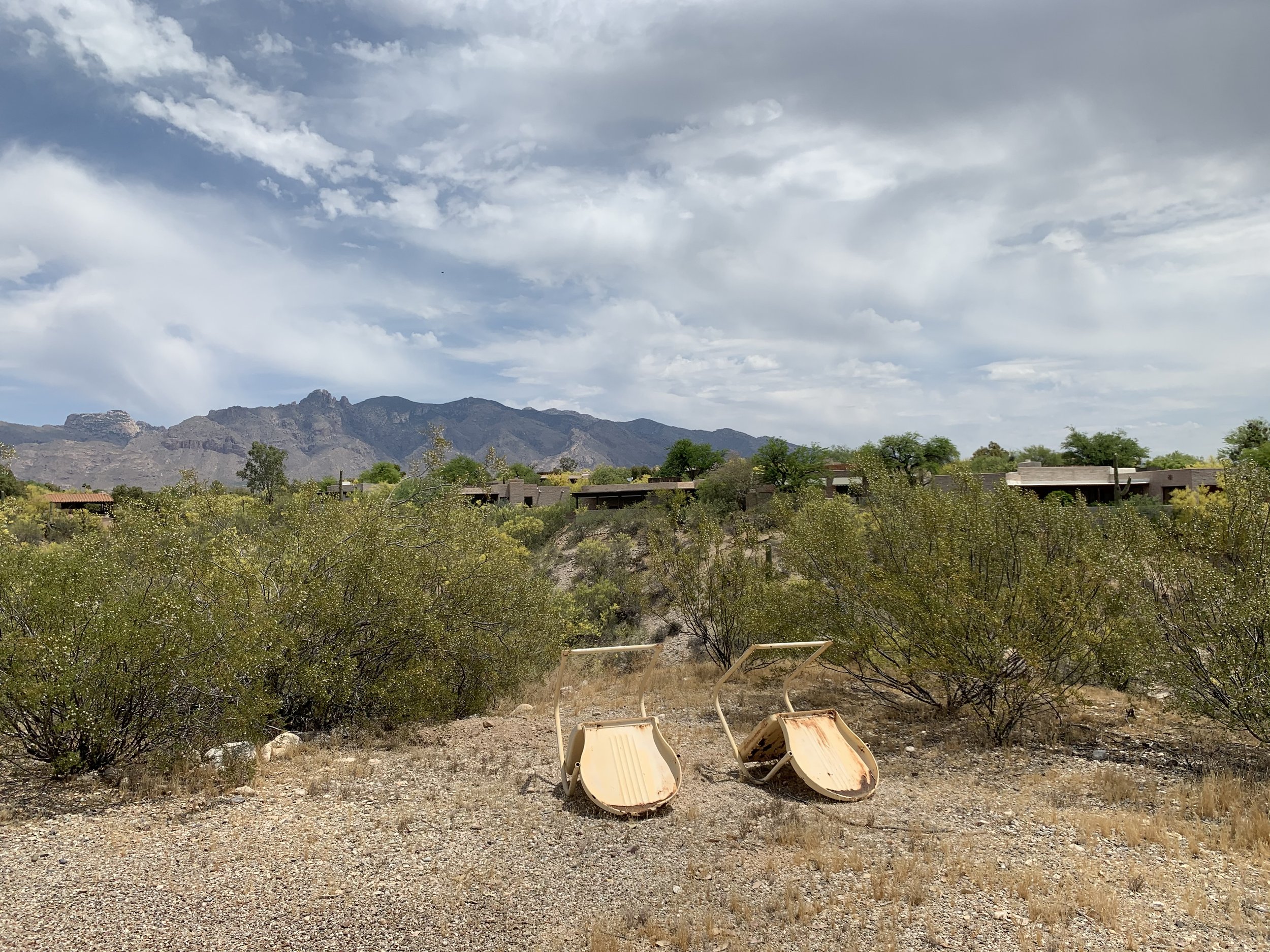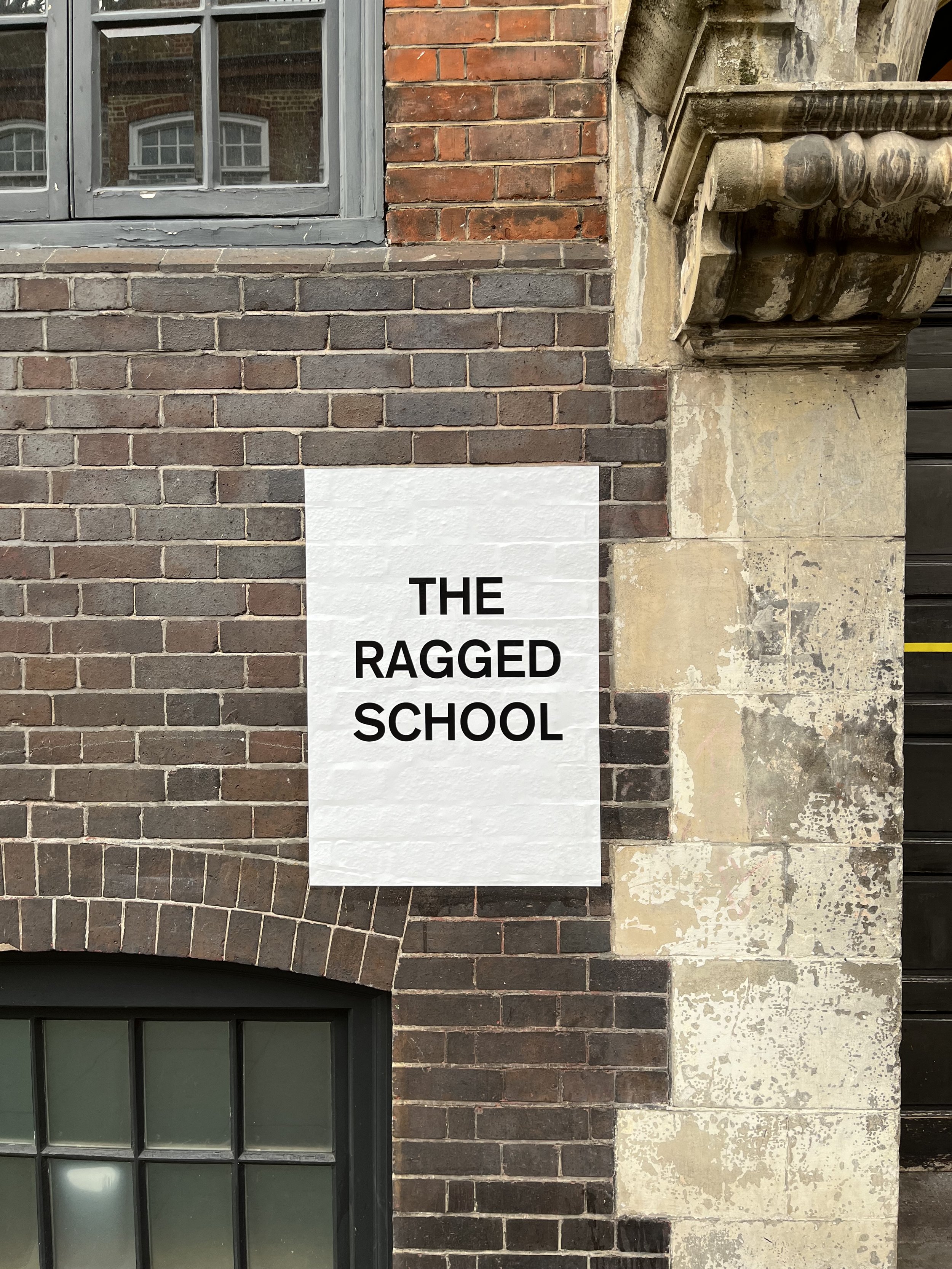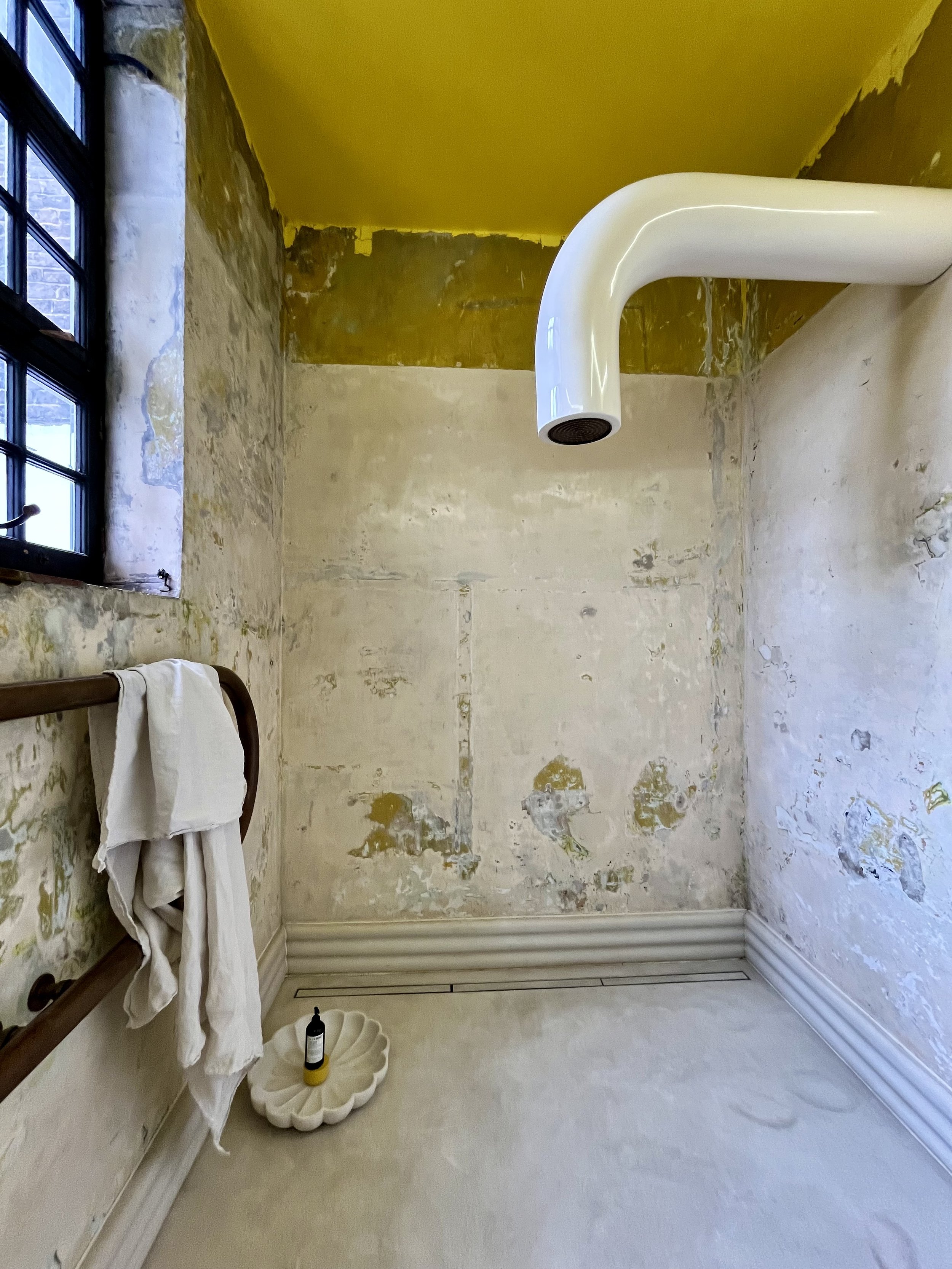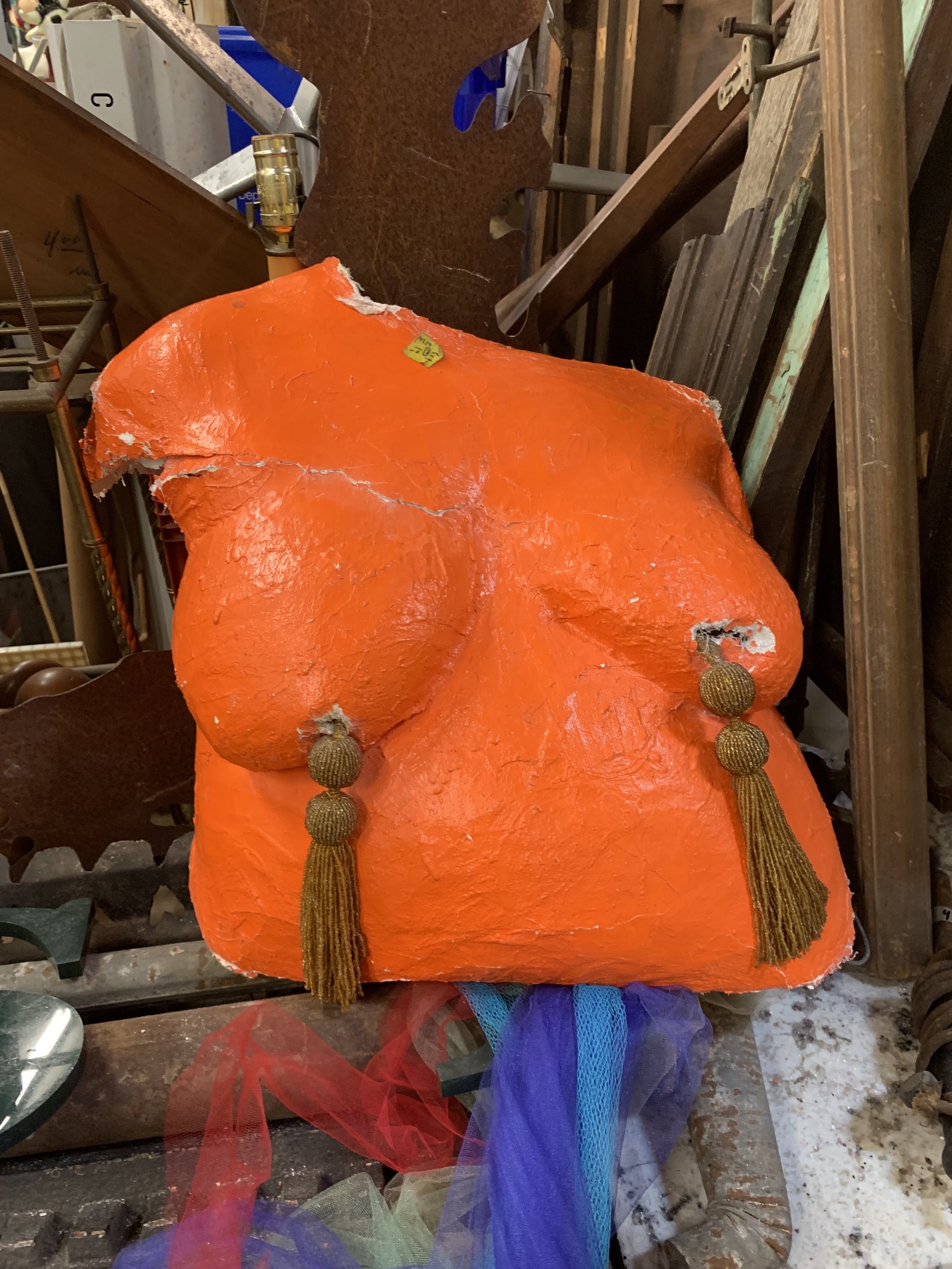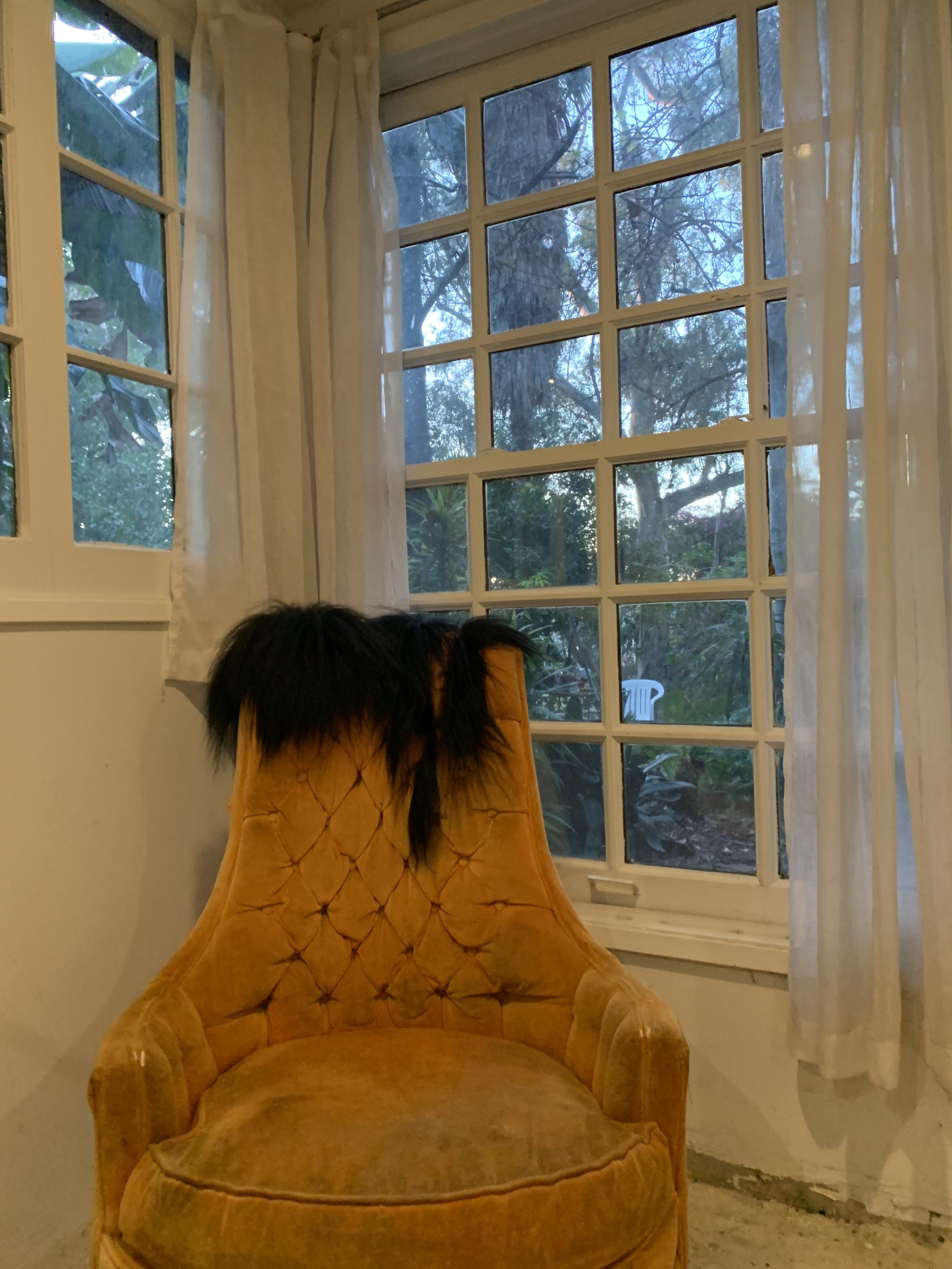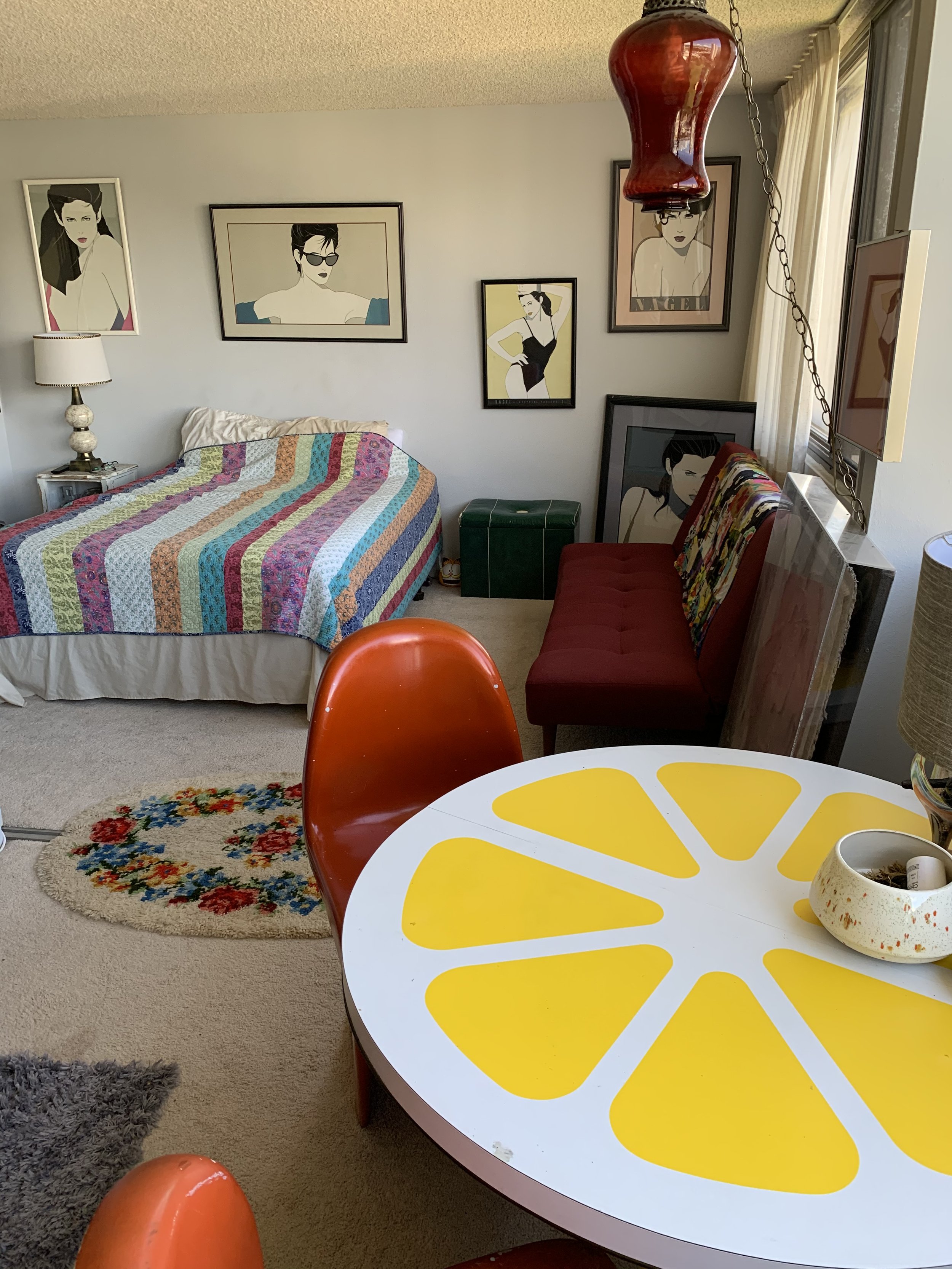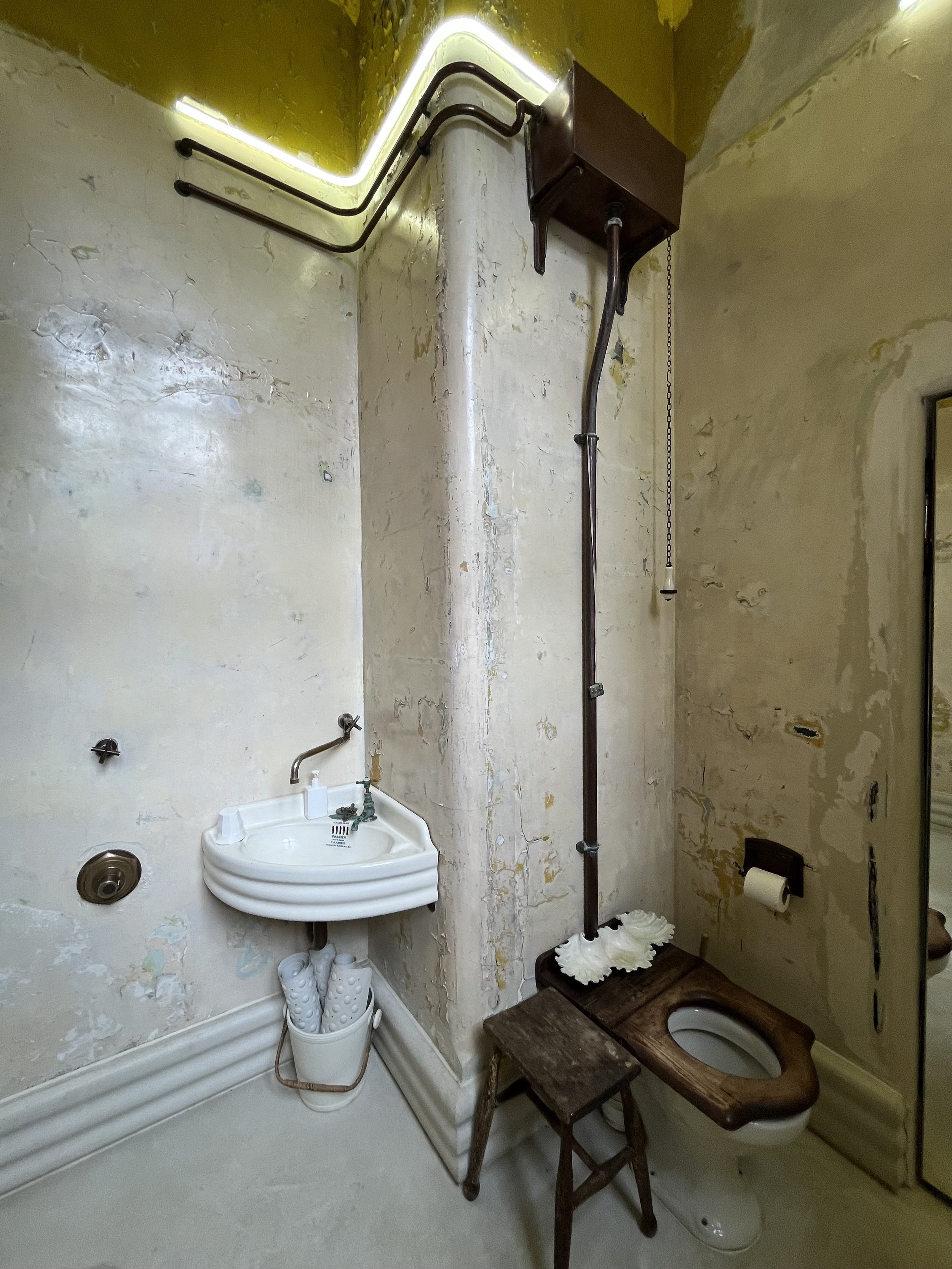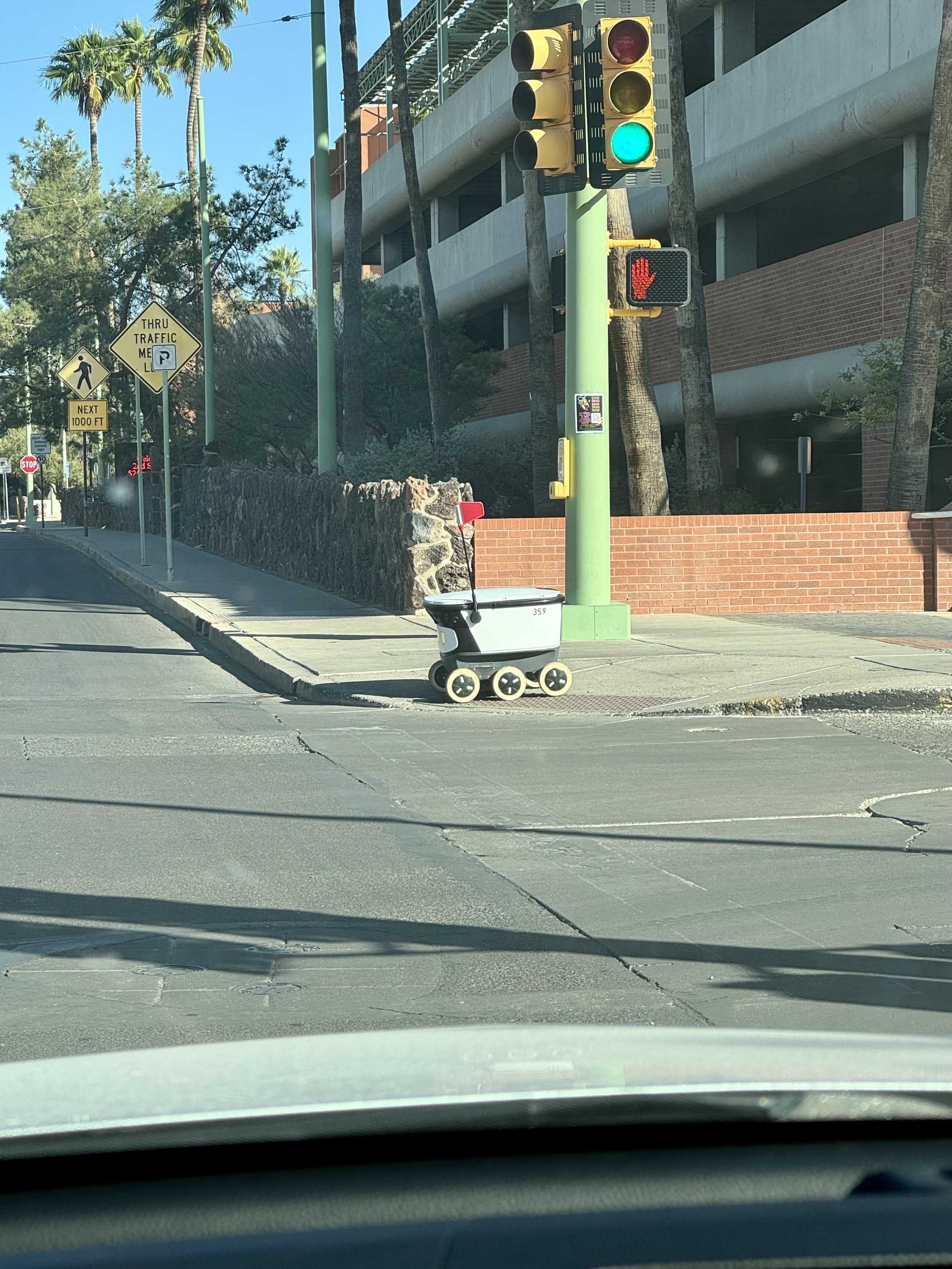The Uncanny
We live in an increasingly image-saturated world dominated by photographs and other illustrative depictions that celebrate marketable notions of beauty, traditional hallmarks of a successful life, and contemporary notions of "the picturesque." I find myself drawn to imagery that challenges hegemonic notions of beauty and attendant sociological and socioeconomic notions of what has inherent value. In his 1906 essay "On the Psychology of the Uncanny,” German Psychiatrist Ernst Jentsch wrote of both the familiar and the uncanny, or in his language, the "unheimlich." He wrote, "It is an old experience that the traditional, the usual and the hereditary is dear and familiar to most people, and that they incorporate the new and the unusual with mistrust, unease and even hostility." I have found that this sense of hostility, rather than a straightforward violent or abhorrent response, often manifests itself in one of the oldest anthropological reactions to the unfamiliar: laughter (the bearing of teeth,) unease, and feelings of awkwardness.
As I look for my own version of Henri Cartier-Bresson's "Decisive Moment," I often find myself drawn to the unfamiliar, the socially and socio-economically provocative, and the aesthetically unwieldy. In this small collection of photographs, I have tried to capture a similar sense of the uncanny that is present the work of Martin Parr, Todd Hido, Gregory Crewdson, Philip-Lorca diCorcia, the untraditional and disenfranchised subject matter of Diane Arbus, the hyperreal but unsettling sculpture of Duane Hanson, and the images of wax figurines in Hiroshi Sugimoto's "Portraits," a substantial departure from his traditionally modernist work focused on natural phenomena.
Ultimately, images of the uncanny subvert our notions of what is expected, normal, aesthetically pleasing, healthy, socially acceptable, and what holds inherent value. In this way, they expand on notions of what it means to be human in the world and of the myriad ways that we can inhabit it.

